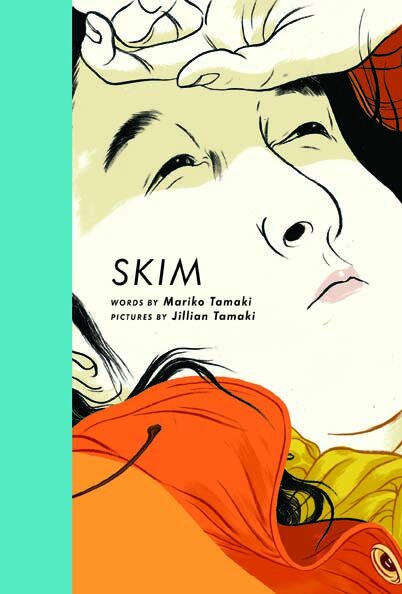This blog post continues our series where we’ll demonstrate how to highlight diverse book content using the Thema subject classification system. You can review our blog coverage of Thema here, and follow this series here.
In case you’re new to this series, here’s the main reason why we at BookNet are fans of the Thema subject classification system: compared to BISAC, Thema can communicate more granular and specific information about a book’s content which allows data senders and data recipients to share and display information about a book that represents a more diverse and inclusive range of content ripe for discovery by a marketplace that demands it.
New to Thema? Learn more about the basics here.
Thema: real life examples
In this series, we’ve been sharing EDItEUR’s examples included in their Diversity and inclusion — using Thema and ONIX to improve discoverability report, as well as Thema classification codes and qualifiers for Canadian titles. For this specific instalment, we’ll be featuring an example based on a book written by Toronto-born author Mariko Tamaki and Ottawa illustrator, Jillian Tamaki.
If you wish to take your Thema knowledge even further, we highly encourage you to read our previous posts part of this series, they’re all available here.
Please note that our suggestions don’t necessarily represent the actual codes chosen by the publishers; they’re meant to stimulate discussion and reflection rather than being authoritative statements of the correct way to categorize the particular books listed.
Canadian market example: Skim by Mariko Tamaki, Illus. by Jillian Tamaki from Groundwood Books
Publisher-provided keywords:
self esteem; bullying; harassment; teenage relationships; high school; LGBTQ; queer characters; Asian American protagonist; coming of age; body image; mental health; friends and friendship issues; forgiveness; respect for self; inferring; Common Core aligned; CC Literature Key Ideas and Details; CC Literature Craft and Structure; CC Literature Integration of Knowledge and Ideas; grade 9; grade 10; grade 11; New York Times Book Review choice; Governor Generals Literary Award; short list; Eisner Award; long list; graphic novel; young adult; YA; young adult fiction
Publisher-provided BISAC subjects:
YOUNG ADULT FICTION / Comics & Graphic Novels / General
YOUNG ADULT FICTION / Literary
YOUNG ADULT FICTION / Social Themes / General
Theoretical subject categorization:
XQS - Graphic novel / Comic book: school / college life
YXQF - Children’s / Teenage personal and social topics: Bullying and harassment
YXB - Children’s / Teenage personal and social topics: LGBTQ+
YFS - Children’s / Teenage fiction: School stories
YXLD - Children’s / Teenage personal and social topics: Mental health
YXGS - Children’s / Teenage personal and social topics: Suicide
Accompanying qualifiers:
5PB-US-D - Relating to Asian American people
5PS - Relating to LGBTQ+ people
5AQ - Interest age: from c 14 years
5LF - Relating to adolescence / teenage years
Rationale:
Skim was a breakout success for author Mariko Tamaki and illustrator Jillian Tamaki, due in large part to its sensitive portrayal of sixteen-year-old Skim’s high school experience after a classmate’s untimely passing. On the House of Anansi Press' website, Skim is encapsulated with a single sentence: “Depression, love, sexual identity, crushes, manipulative peers — teen life in all its dramatic complexities is explored in this touching, pitch-perfect, literary graphic masterpiece.” The multitude of issues covered by this graphic fiction allows the Thema subject classification to shine, with a variety of subject codes and qualifiers available to pinpoint the specific issues depicted in the comic.
Want more worked examples?
To read more examples as they are posted, subscribe to our weekly eNews or nab the RSS feed. And if you’re a Canadian publisher interested in submitting a Thema classification for one of your titles so it can be shared in this series, please get in touch with us!















Get a free copy of the study in PDF or EPUB format today!